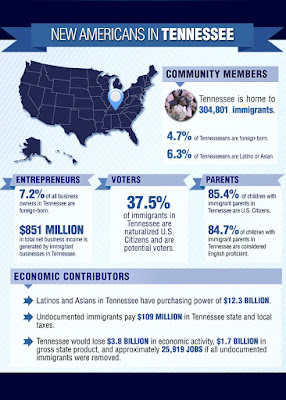I NEVER SHOWED UP FOR MY DEPORTATION HEARING.
WHAT IF ICE CATCHES ME?
WHAT IF ICE CATCHES ME?
Answer:
Your failure to appear for a scheduled removal hearing most likely means that you were ordered removed in absentia by the Immigration Judge (IJ). That is to say, you were given a removal order for failing to appear and present evidence to the court on your behalf. When you fail to appear for a hearing, the IJ must issue a removal order, as long as the government has proof that you were given written notice of the hearing. So, if the government did, in fact, mail you notice of the hearing, you will be ordered removed if you fail to show up.
If ICE catches you, the agency can use that removal order to take you into custody and deport you from the U.S. without first giving you a hearing. By failing to appear for a scheduled hearing, you gave up your right to fight your deportation case. (That’s why it is ALWAYS better to attend a scheduled hearing in Immigration Court rather than simply not showing up – even if you are worried about the outcome.) Typically, not showing up for a scheduled hearing just because you are feeling under the weather is not a good enough excuse for failing to appear.
If you have a Removal Order in absentia, ICE can come looking for you. This is most likely if you are a “high priority” case because of a previous criminal conviction or history of immigration violations. If you are a low priority, ICE may never actively look for you, but you may come into ICE custody in some other way. For example, you may be arrested during a workplace raid or after being taken into custody by another law enforcement agency, such as by state or local police, following a criminal arrest or even a minor traffic violation.
If you are caught by ICE, you have the right to call a family member, friend, employer,
or lawyer. there are a few ways to avoid being deported, even after receiving an order of removal in absentia. For example, you may be able to file a Motion to Reopen your case if you never received the notice of your hearing or exceptional circumstances, such as a serious illness, prevented you from attending. You can also ask ICE to delay removing you from the United States if you have a good reason to stay.



